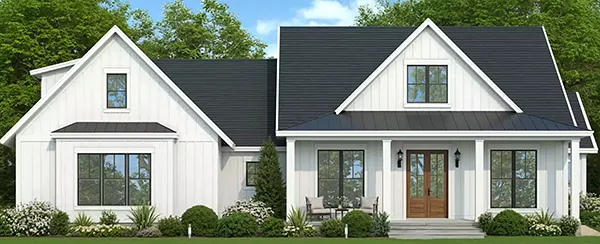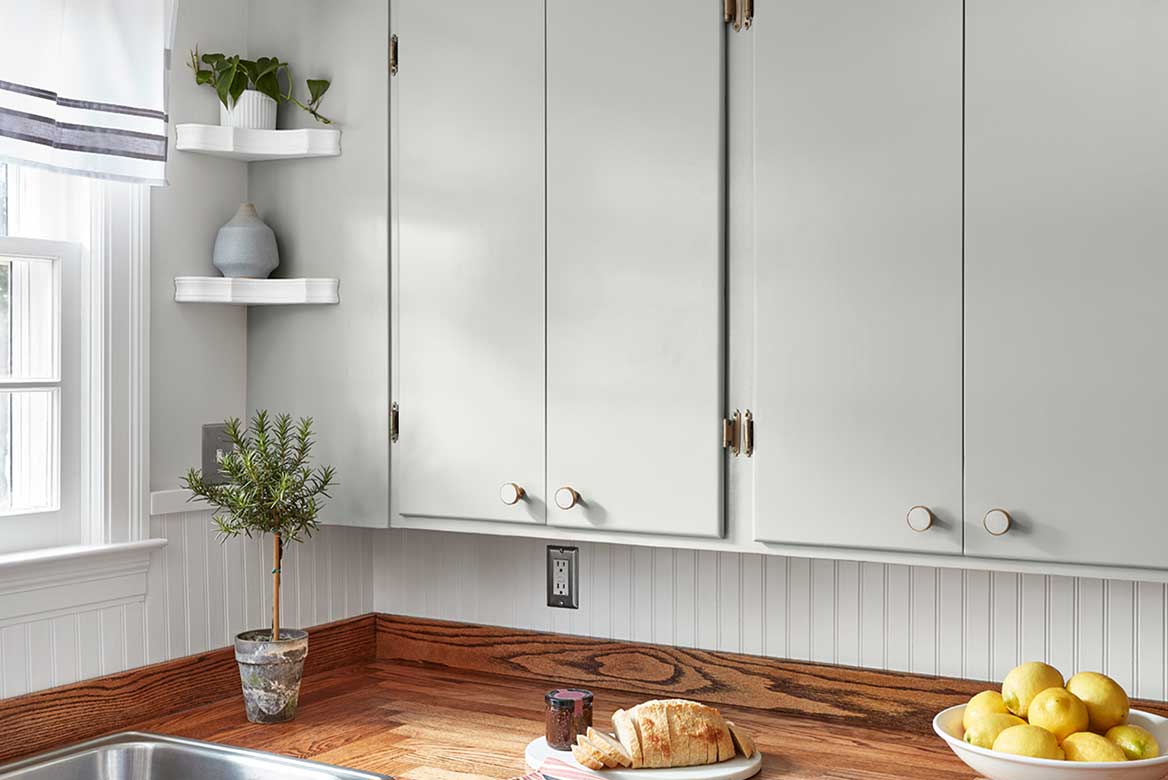How to Get the Color You Really Want
by Lauren Busser, The House Designers’ Editorial Director
Walking into a color center, you can easily get overwhelmed by the myriad choices available to you. Whether you are starting from scratch or trying to come up with a palette to match different material samples, learning how to communicate about color is essential to achieving the result you want.
For example, when someone mentions blue to three people, one might think of a sky blue, the next might think of navy, and another might think of cobalt. These are all various tints, shades, and tones of the same color family, but being able to describe the color more specifically can help you get the look you want.
Picking a color family is the first step to getting the color you want.
BEHR's® Inspiration Gallery is the perfect place to start for color inspiration.
Hue
When someone refers to hue they are identifying the general family of a color. A traditional color wheel is made up of twelve color families: red, red-orange, orange, yellow-orange, yellow, yellow-green, green, blue-green, blue, red-violet, violet, and blue-violet. If you can identify one of those families then you have a base color for all of the other identifiers. You can get more specific by referring to saturation, tint, shade, or tone.
Saturation
The technical term used to describe color intensity is saturation. More saturated colors are vivid and strong, while less saturated colors are washed-out or muted. For example, gray would be considered zero saturation. Lighting also has an effect on saturation. A painted wall can appear more saturated during the day and less saturated as the light fades. Different types of artificial lighting, such as halogen or tungsten light, can also affect saturation.
Value
Value is the term that describes the lightness or darkness of a color. While tint and shade refer to whether a color is lighter or darker, the base value is a spectrum that crosses an entire series of colors. For example, on a scale of blues, a pale baby blue will have a low value while a dark navy has a high value, with colors like aquamarine and cerulean in the center of the spectrum.
Tone
A tone is created when gray is added to a color. Tones are muted versions of colors. Many people will refer to grayer versions of colors as tints or shades, but it's correctly described as a tone.
Shade
A shade is what results when black is added to a color. For example, navy is a shade of blue. The word is often used to describe any variation of the color.
Tint
On a scale of one to ten, if white is one and your base color is ten, any shade that falls in between those is a tint. A tint is what you get when you mix your base color with white, so any pale shade of a given color is referred to as a tint.
Whether you are picturing that perfect shade of periwinkle or a beautiful, vibrant Serrano red, these terms can help you communicate what you want to your interior designer, painter, or the sales associate at the paint store. Color selection doesn't have to be overwhelming. If you can communicate what you want, you are sure to get the exact paint color that you adore.



.png)
.png)



